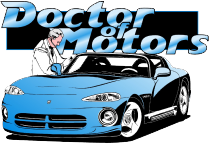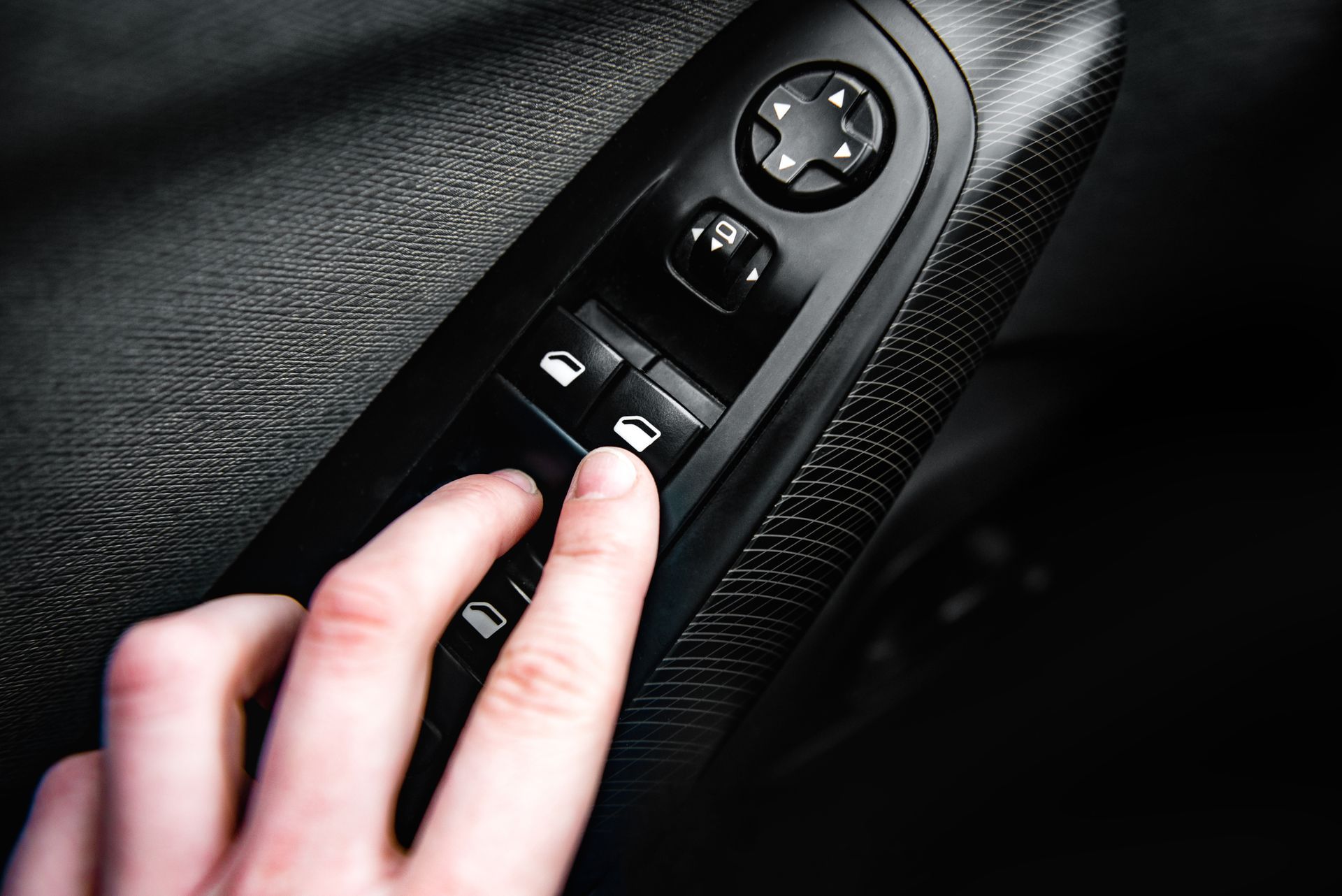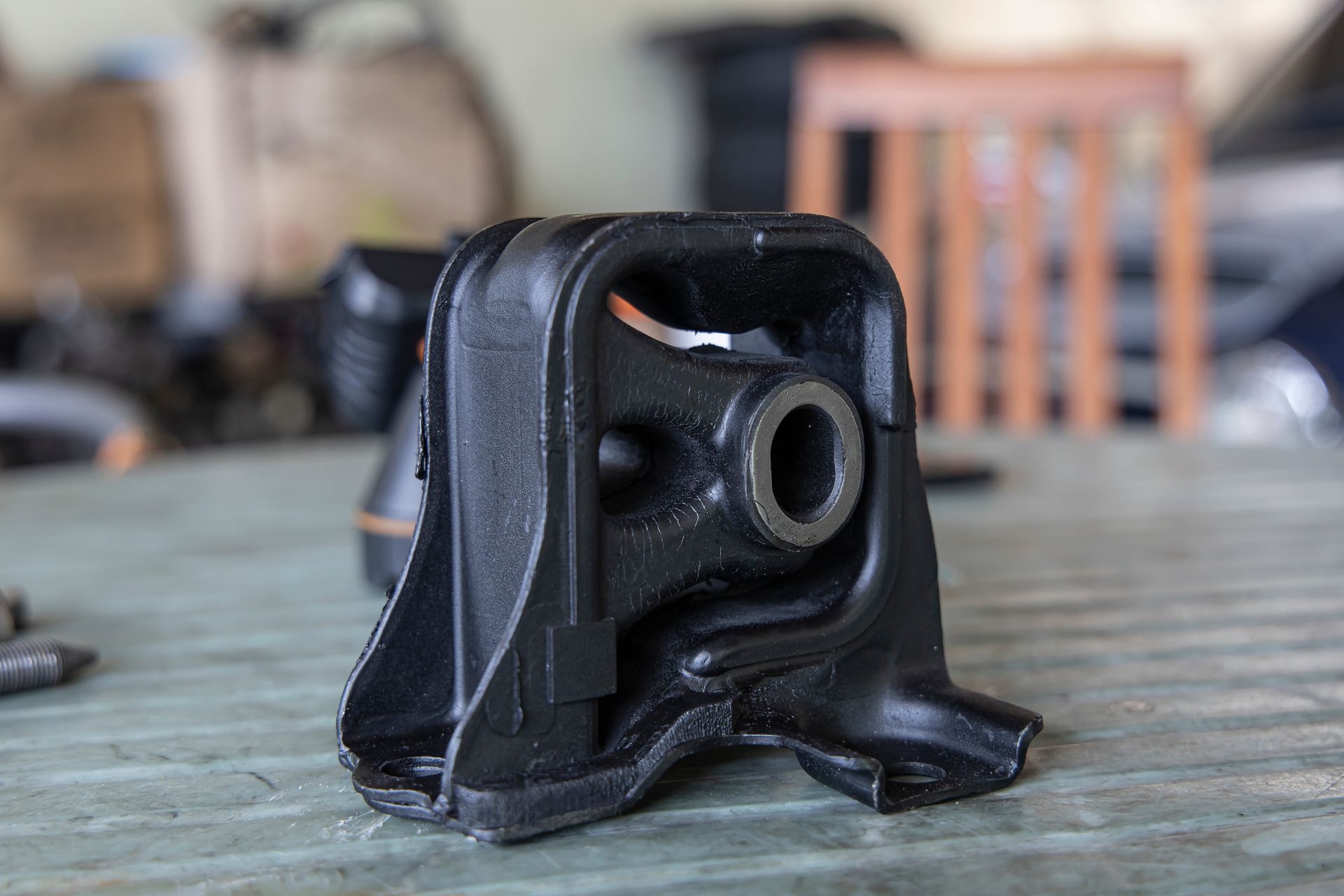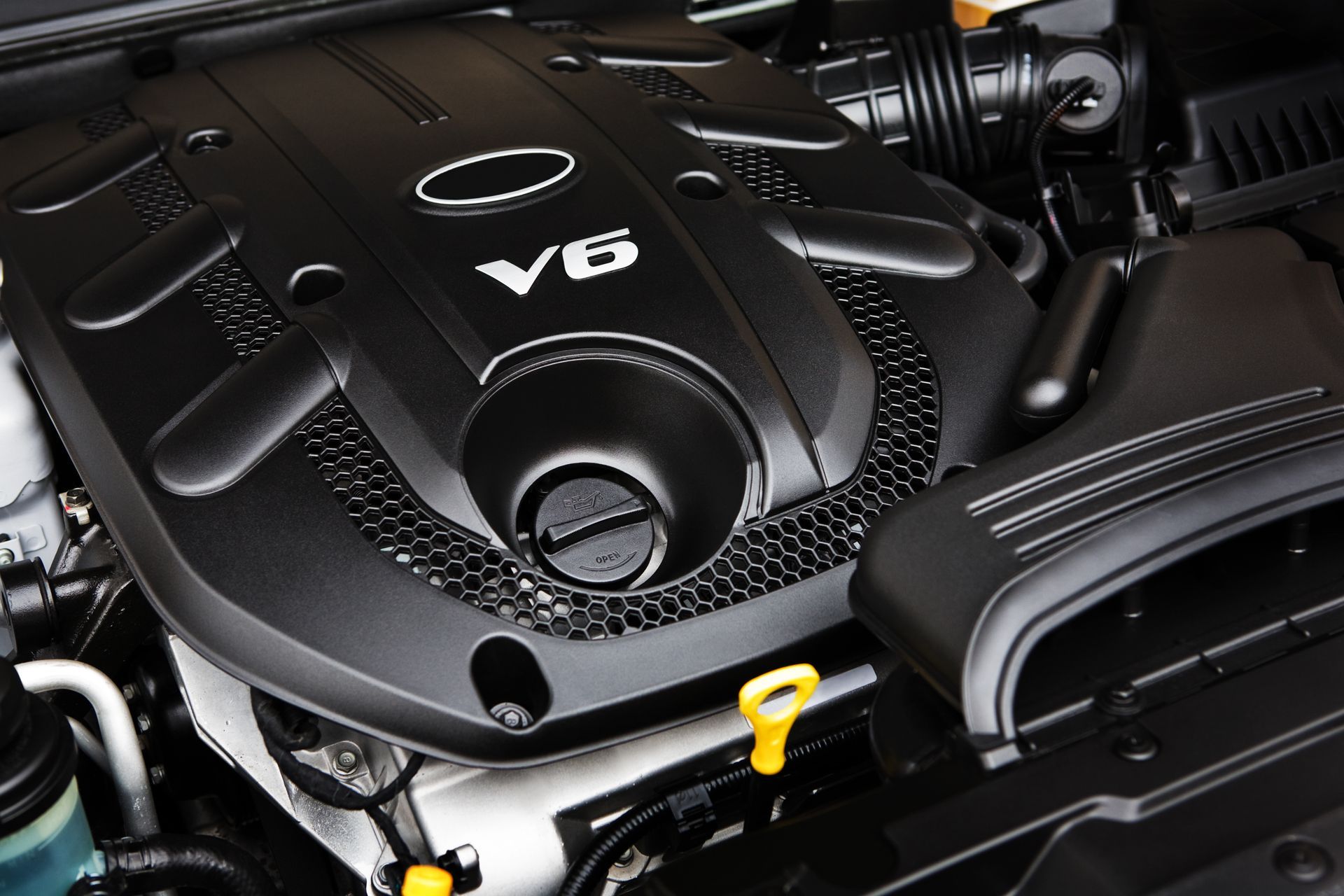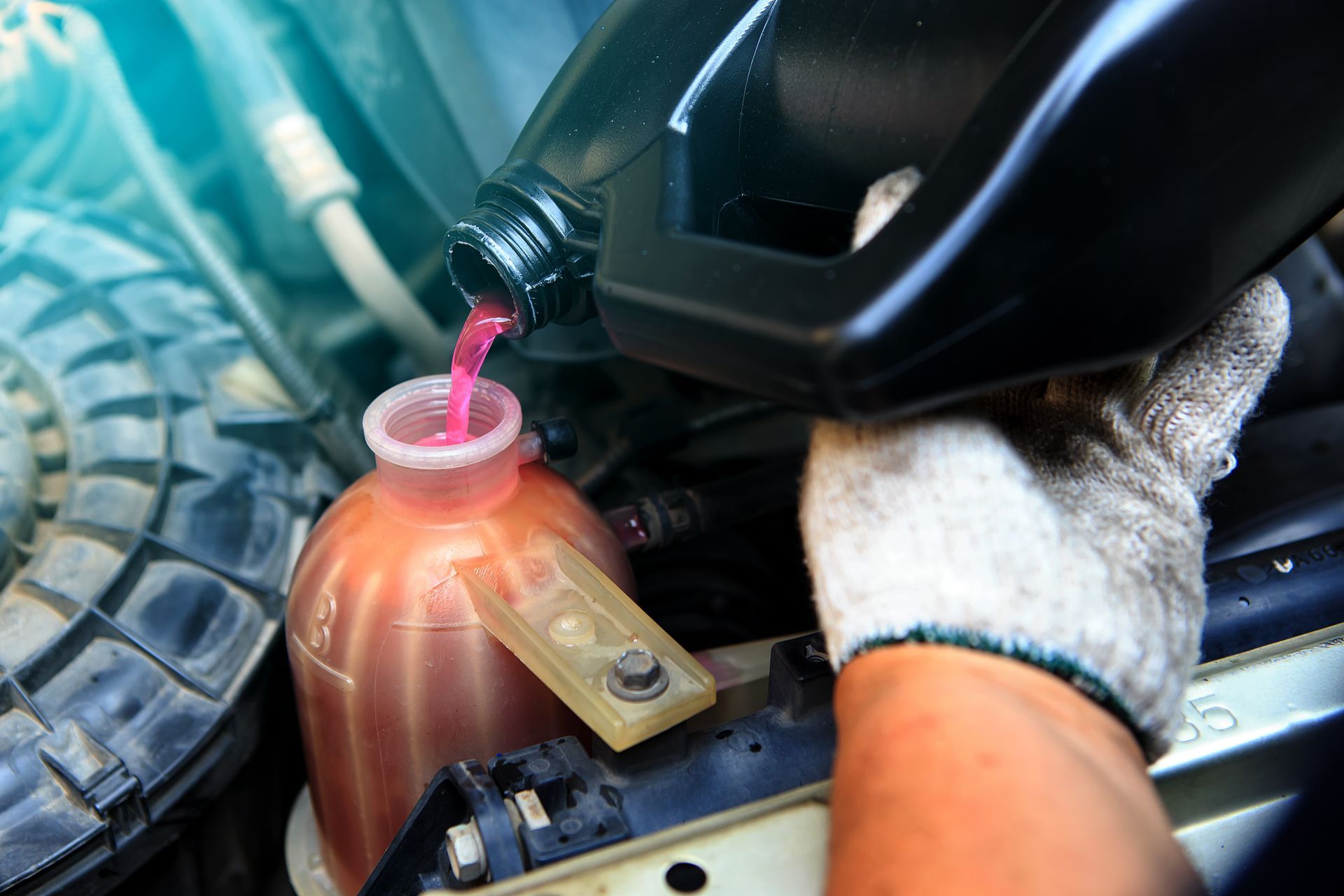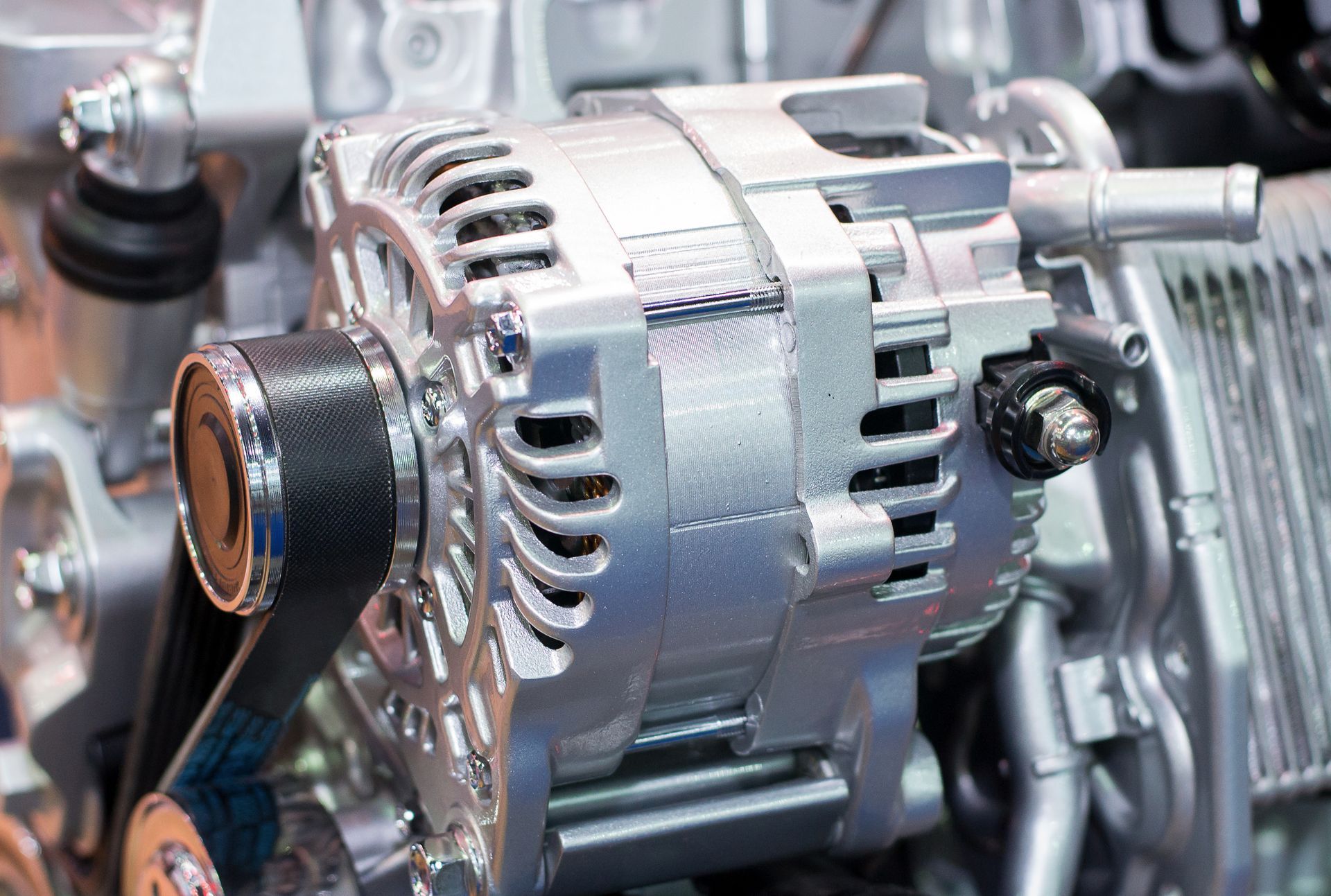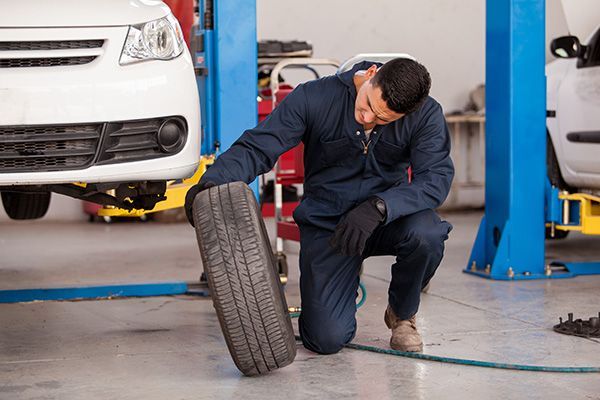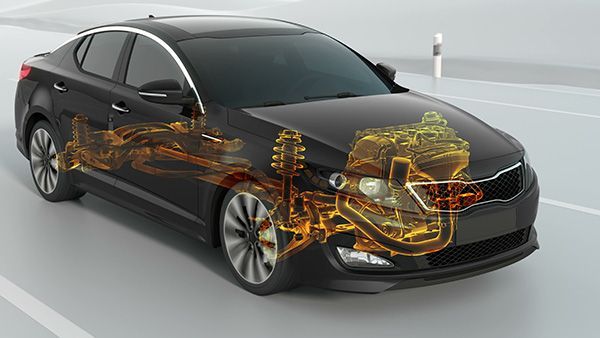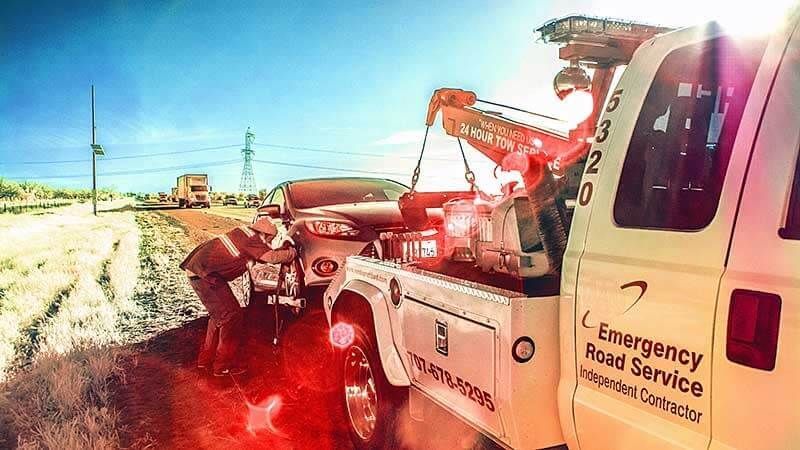
Has your car developed a strange leak, smell, noise, or sensation?
Call us, we’ll check it out and tell you what should be done.
Auto Repair Indicator #1: Looks Like Trouble
Small stains or an occasional drop of fluid under your vehicle may not mean much. But wet spots deserve attention; check puddles immediately.
You can identify fluids by their color and consistency:
- Yellowish green, pastel blue or florescent orange colors indicate an overheated engine or an antifreeze leak caused by a bad hose, water pump or leaking radiator.
- A dark brown or black oily fluid means the engine is leaking oil. A bad seal or gasket could cause the leak.
- A red oily spot indicates a transmission or power-steering fluid leak.
- A puddle of clear water usually is no problem. It may be normal condensation from your vehicle’s air conditioner.
Auto Repair Indicator #2: Smells Like Trouble
Some problems are under your nose. You can detect them by their odor:
- The smell of burned toast — a light, sharp odor — often signals an electrical short and burning insulation. To be safe, try not to drive the vehicle until the problem is diagnosed.
- The smell of rotten eggs — a continuous burning-sulphur smell — usually indicates a problem in the catalytic converter or other emission control devices. Don’t delay diagnosis and repair.
- A thick acrid odor usually means burning oil. Look for sign of a leak.
- The smell of gasoline vapors after a failed start may mean you have flooded the engine. Wait a few minutes before trying again. If the odor persists, chances are there’s a leak in the fuel system — a potentially dangerous problem that needs immediate attention.
- Burning resin or an acrid chemical odor may signal overheated brakes or clutch. Check the parking brake. Stop. Allow the brakes to cool after repeated hard braking on mountain roads.
- Light smoke coming from a wheel indicates a stuck brake. The vehicle should be towed for repair.
- A sweet, steamy odor indicates a coolant leak. If the temperature gauge or warning light does not indicate overheating, drive carefully to the nearest service station, keeping an eye on your gauges. If the odor is accompanied by a hot, metallic scent and steam from under the hood, your engine has overheated. Pull over immediately. Continued driving could cause severe engine damage. The vehicle should be towed for repair.
Auto Repair Indicator #3: Sounds Like Trouble
Squeaks, squeals, rattles, rumbles, and other sounds provide valuable clues about problems and maintenance needs. Here are some common noises and what they mean:
Squeal — A shrill, sharp noise, usually related to engine speed:
- Loose or worn power steering, fan or air conditioning belt.
Click — A slight sharp noise, related to either engine speed or vehicle speed:
- Loose wheel cover.
- Loose or bent fan blade.
- Stuck valve lifter or low engine oil.
Screech — A high-pitched, piercing metallic sound; usually occurs while the vehicle is in motion:
- Caused by brake wear indicators to let you know it’s time for maintenance.
Rumble — a low-pitched rhythmic sound.
- Defective exhaust pipe, converter or muffler.
- Worn universal joint or other drive-line component.
Ping — A high-pitched metallic tapping sound, related to engine speed:
- Usually caused by using gas with a lower octane rating than recommended. Check your owner’s manual for the proper octane rating. If the problem persists, engine ignition timing could be at fault.
Heavy Knock — A rhythmic pounding sound:
- Worn crankshaft or connecting rod bearings.
- Loose transmission torque converter.
Clunk — A random thumping sound:
- Loose shock absorber or other suspension component.
- Loose exhaust pipe or muffler.
Auto Repair Indicator #4: Feels Like Trouble
Difficult handling, a rough ride, vibration and poor performance are symptoms you can feel. They almost always indicate a problem.
Steering
- Misaligned front wheels and/or worn steering components, like the idler or ball joint, can cause wandering or difficulty steering in a straight line.
- Pulling — the vehicle’s tendency to steer to the left or right — can be caused by something as routine as under-inflated tires, or as serious as a damaged or misaligned front end.
Ride and Handling
- Worn shock absorbers or other suspension components — or improper tire inflation — can contribute to poor cornering.
- While there is no hard and fast rule about when to replace shock absorbers or struts, try this test: bounce the vehicle up and down hard at each wheel and then let go. See how many times the vehicle bounces. Weak shocks will allow the vehicle to bounce twice or more.
- Springs do not normally wear out and do not need replacement unless one corner of the vehicle is lower than the others. Overloading your vehicle can damage the springs.
- Balance tires properly. An unbalanced or improperly balanced tire causes a vehicle to vibrate and may wear steering and suspension components prematurely.
Brakes
Brake problems have several symptoms. Schedule diagnosis and repair if:
- The vehicle pulls to one side when the brakes are applied.
- The brake pedal sinks to the floor when pressure is maintained.
- You hear or feel scraping or grinding during braking.
- The “brake” light on the instrument panel is lit.
Engine
The following symptoms indicate engine trouble. Get a diagnosis and schedule the repair.
- Difficulty starting the engine.
- The “check engine” light on the instrument panel is lit.
- Rough idling or stalling.
- Poor acceleration.
- Poor fuel economy.
- Excessive oil use (more than one quart between changes).
- Engine continues running after the key is removed.
Transmission
Poor transmission performance may come from actual component failure or a simple disconnected hose or plugged filter. Make sure the technician checks the simple items first; transmission repairs normally are expensive. Some of the most common symptoms of transmission problems are:
- Abrupt or hard shifts between gears.
- Delayed or no response when shifting from neutral to drive or reverse.
- Failure to shift during normal acceleration.
- Slippage during acceleration. The engine speeds up, but the vehicle does not respond.
